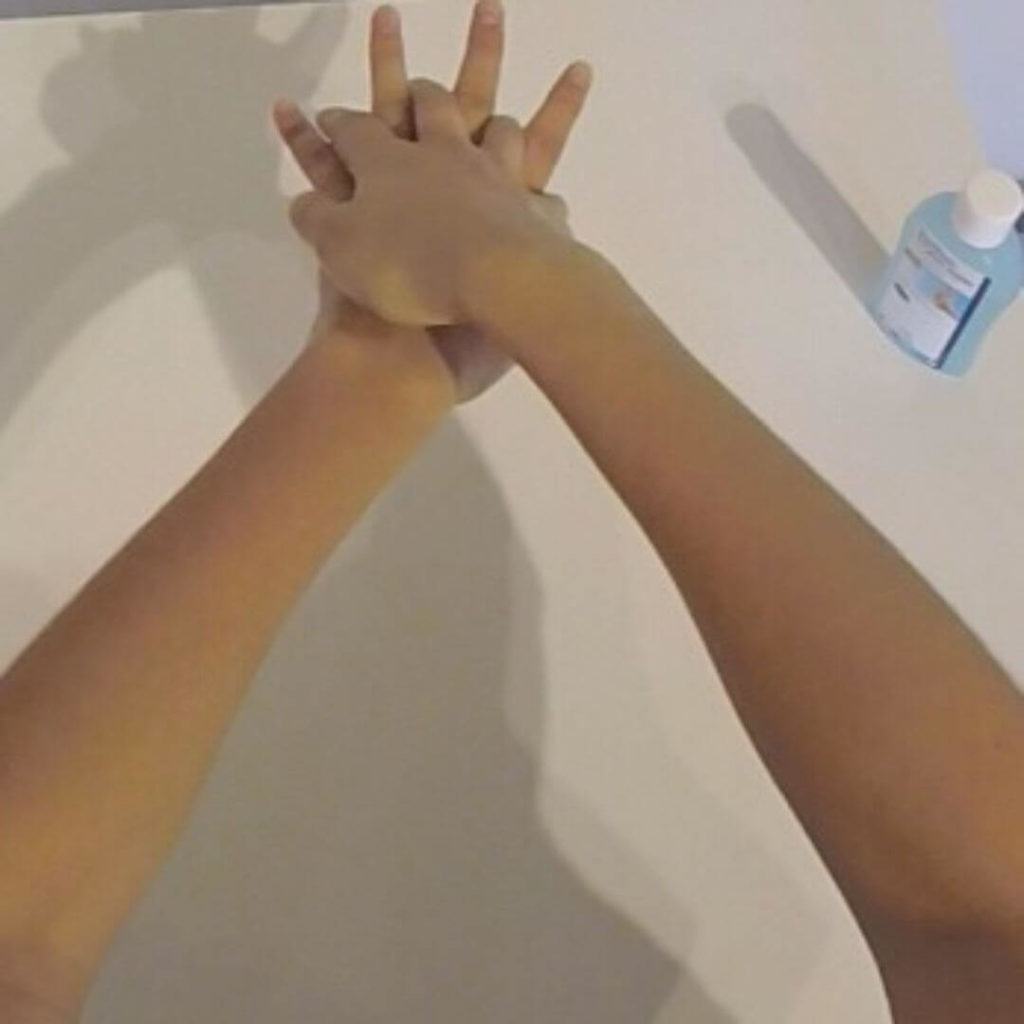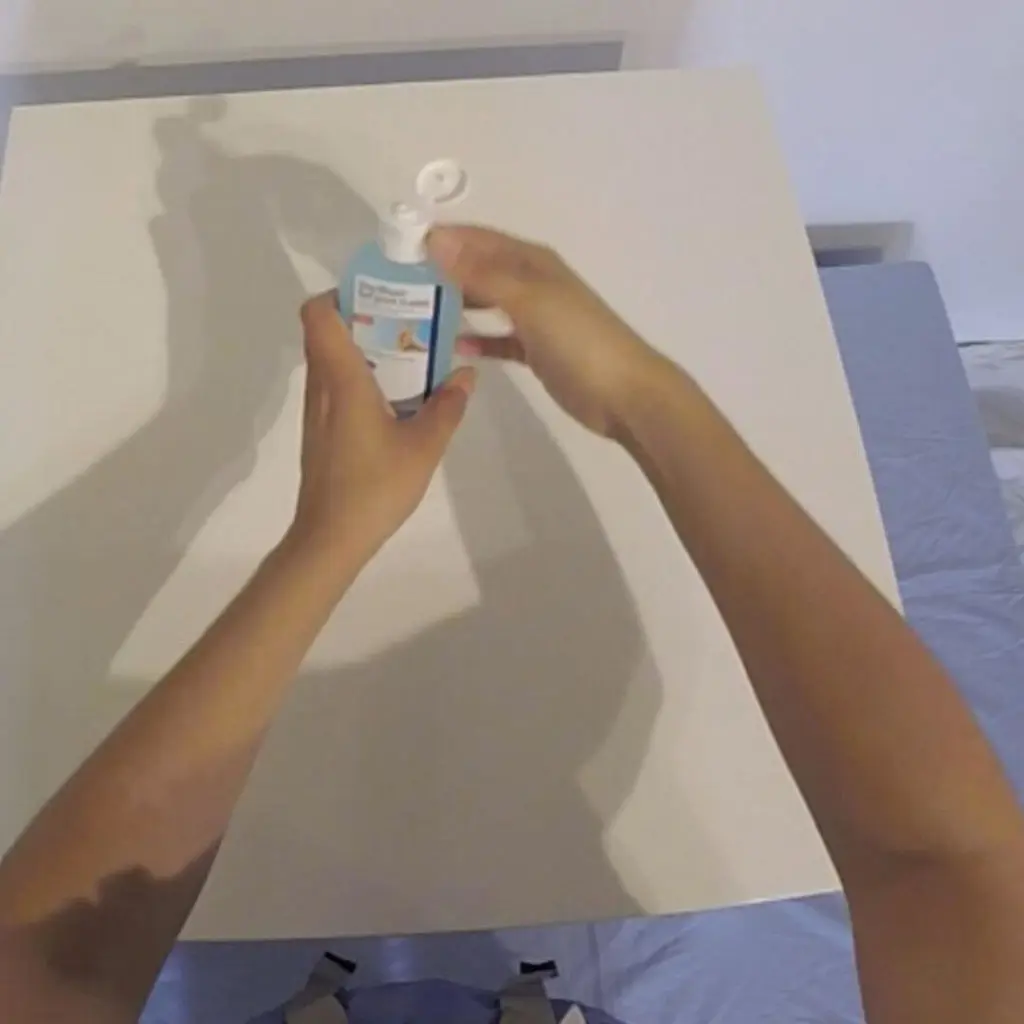May 2020: handwashing resonates strongly with us all. The global health crisis we are experiencing with the COVID-19 pandemic has reminded us of the importance and necessity of hygiene measures, especially frequent handwashing. The handwashing that has long been part of daily life for healthcare personnel is now part of daily life for everyone!
From past to present
In 1846, Louis Pasteur had not yet discovered the effects of microbes and the microscopic world around us. At thattime, it was believed that disease was spread through bad odors in the air. Many scholars even advised against opening windows for hygienic reasons.
Ignace-Philippe Semmelweis (1818-1865) was the first to demonstrate the importanceof handwashing between two medical procedures, such as after dissecting a corpse, and especially before performing another procedure or intervention, like assisting childbirth.

But washing with soap and water wasnot enough. Semmelweis required hands to be washed for five minutes with a calcium hypochlorite solution (chlorinated lime) between autopsy work and patient examinations, then expandedthis to include all examinations that brought doctors into contact with decomposing organic matter.
This was a major step for medicine. For the good Dr. Semmelweis, however, trouble began early, as he faced a hierarchy that didn’t agree with him.
The results of his handwashing campaign were spectacular from the very start. In April 1847, as many as 18% of doctors’ patients died. After the handwashingwas introduced in mid-May , mortality dropped to 1%. Clearly, Semmelweis had hit the nail on the head. His suspicions were confirmed in 1847, when a fellow doctor died of septicemia after cutting himself with a scalpel that had been used to dissect a corpse. Semmelweis usedthat opportunity to demand that instruments also be cleaned after each use.
Handwashing subsequently became an essential part of standard care. Washing with soap and water was reintroduced at the beginning of the 20th century for contacts that don’t require hand disinfection but simple washing. Hand disinfection continued to be discussed, now considering the skin of a provider’s hands as a factor. This was the era when antiseptic soaps were introduced, followed at the end of the 20th century by the arrival of alcohol-based solutions, aka hand sanitizers.
But what about handwashing by the general public?
The installation of running water and indoor plumbing, along with the invention of the faucet, were important developments in promoting handwashing in the home. Previously, this activity took place outside the home.
Despite the availability of these systems, handwashing remains inadequate even today, and is the cause of more than 50% of food-borne infections in France. Yet handwashing with soap, especially after using the toilet or diapering, can reduce the incidence of diarrhea by 42% to 47%.
National observations of people in public washrooms reveal that 14.6% of men do not wash their hands at all, compared to 7.1% of women. When they do wash their hands, only 50.3% of men use soap, compared to 77.9% of women. People claim that they wash their hands regularly, but scientific paint a very different picture: 92% of mobile phones are covered with bacteria, and 16% of them are contaminated with fecal Escherichia colibacteria.
It is important to remember that handwashing is even more problematicin developing countries, which often lack sufficient access to water, particularly in the medical and public sectors.
A washing technique for every procedure
Let’s get back to our profession, healthcare. There are currently 3 different kinds of handwashingpracticedin the medical world, each associated with a type of activity.
• Basic wash: As its name suggests, everything here is straightforward: ordinary soap and water and mechanical action are sufficient. But for this to be effective, we must be sure to soap up properly, not forgetting the nails and spaces between the fingers. We must rinse completely, and to avoid immediately getting them dirty again, get in the habit of drying our hands and turning off the faucet with a disposable paper towel.
Friction or rubbing should last 1 minute, and removes dirt and reduces transient flora. Hands must be cleaned between meals, upon entering and exiting the unit, and so on.
• Antiseptic or hygienic washing: This is done with an antiseptic soap instead ofordinarysoap, the same mechanical action, and the hands must be thoroughly rinsed and dried.If antiseptic soap is not available in your unit, you can wash your hands with mild soap, then after drying completely, disinfect them with alcohol-based gel. This washing must be done before and after every procedure or encounter with a risk of contact-based contagion.
Here the friction lasts for 3 minutes, to eliminate transient germs and reduce resident microorganisms.
• Surgical washing: This typeis performed by any provider participating in a sterile surgery (surgeon, surgery intern, surgical nurse, nurse anesthetist, etc.). The action here is identical to antiseptic washing but more extensive.
For this wash, the friction step lasts at least 5 minutes and includes the forearms. Note that the CLIN (French Committee to Combat Nosocomial Infections) also recommends brushing the nails, but only once per “time period,” as long there is no exposure to microbes between procedures.
The advent of alcohol-based solutions in thedaily life of providers
A simple question lies at the heart of the path to alcohol-based gels: how can healthcare workers wash their hands more effectively?
In 1992, during his medical studies specializing in infectious diseases, Didier Pittet, a medical epidemiologist at the University Hospital of Geneva, became interested in the
issue of IV catheter-related infections, which were responsible for 20 to 30 million hospital infections per year.
With the help of a team of four nurses, he began a survey at his own hospital in Geneva on the number of infections contracted on-site: nearly 18% of patients. They then discovered that the infections were mainly due to the inability of practitioners to wash their hands with antiseptic soap and water as often as necessary, in part due to lack of time. In order to do this properly, a nurse should wash his or her hands before each contact, which in concrete terms means about22 times per hour, for an average of 2 minutes each time. Materially, that method is impossible, so hands were washed nearly 40% less than they should be.
Mr. Pittetenvisioned a solution to this inconsistency: using alcohol, a powerful antiseptic.
William Griffiths, a pharmacist at the University Hospitals in Geneva, happened to be a specialist in alcohol solutions. He had been working for several years on creating an alcohol-based hand solution.
In 1995, thanks to this fortuitous meeting, the alcohol-based gel(hand sanitizer) was born.
With alcohol-based gel, less time is spent rubbing the hands together than conventional handwashing, yet it is equally effective inremoving bacteria and other viruses.
Several tests were subsequently performed to make this solution “less harsh”, to avoid causing any allergic reaction and to limit skin irritation.
It was not until the 2000s, with WHO approval, that the alcohol-based solution became available to the general public as well.

Hand disinfection and COVID-19
To address the COVID-19 epidemic, and in the context of the health emergency, the use of alcohol-based gel is recommended. Along with surgical masks,hand sanitizer isthe most fashionable object of the time.
The shelves of pharmacies and supermarkets alike have been emptied of every single bottle of hand sanitizer.
The fear of being infected withcoronavirus has transformed this easy-to make product into a rare commodity. It reached the point that the French government had to regulate the cost, announcing a ceiling of 3 euros per 100 mLbeginning March 5, 2020, to avoid speculative pricing. These provisionswere included in Decree No. 2020-293 of March 23, 2020 prescribing the general measuresnecessary to address the COVID-19 epidemic in the context of thehealthemergency.
Whether it’s called alcohol-based gel or solution or hand sanitizer, this product is indispensable in the daily lives of healthcare providers.
It is also needed by the general public during the current health crisis to increase the frequency of handwashing when soap and water are not immediately available. We should all remember, however, that washing our hands with soap and water in our daily lives remains the best way to avoid spreading a virus through hand contact, and doing so can help save this product, so precious in the medical and paramedical
fields, for healthcare workers. Last but not least, remember we can only disinfect our hands properly if


